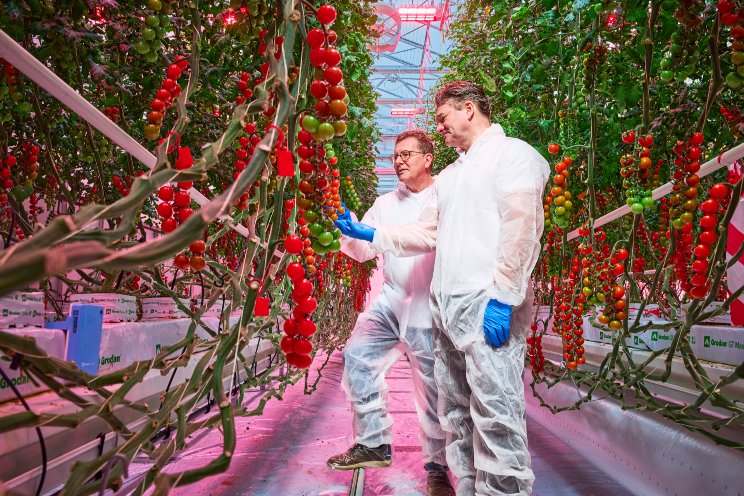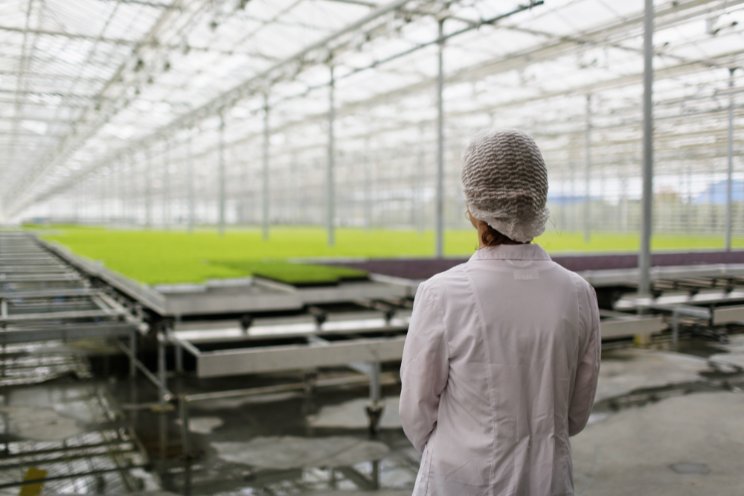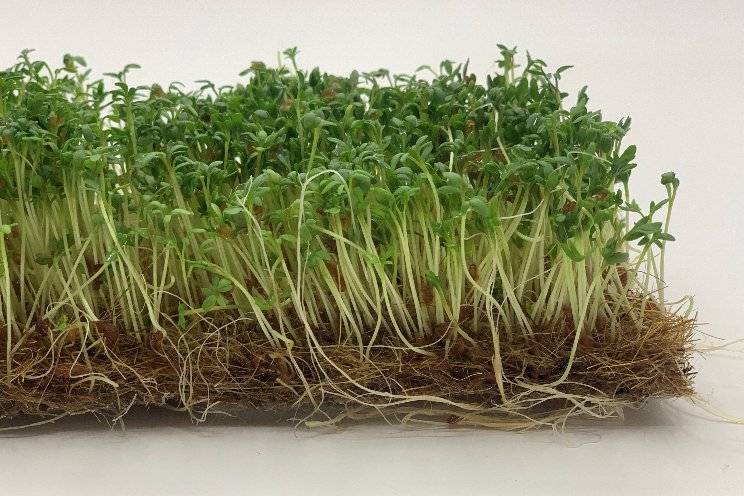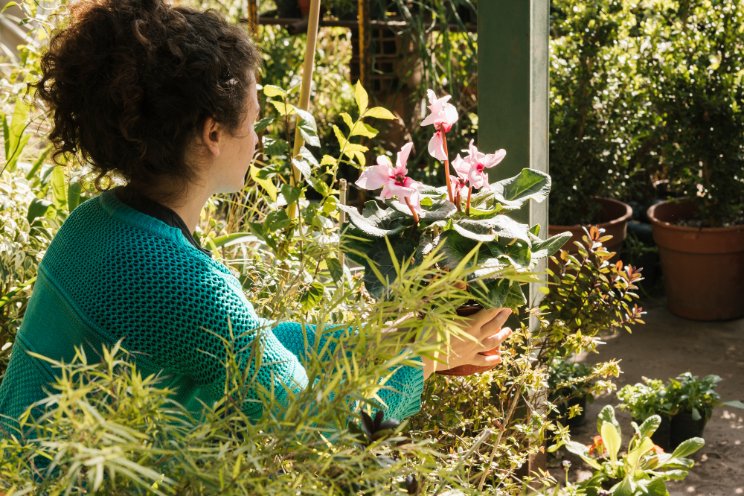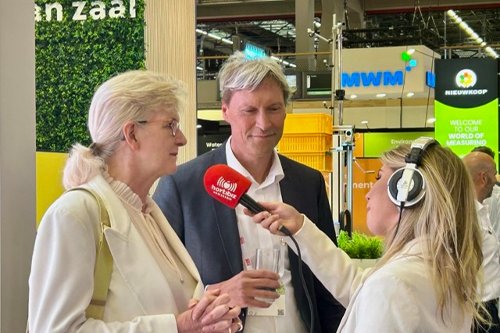How can renewable energy improve CEA's carbon footprint?
Added on 19 July 2023

Indoor agriculture, which includes practices such as vertical farming, greenhouse cultivation, and hydroponics, relies heavily on artificial lighting, climate control, and fertigation systems, which means that these farms are not always more energy-efficient than traditional agriculture. To bridge this gap, and to create a more resilient future, integrating renewable energy into controlled environment agriculture (CEA) facilities can be a great option for farmers looking to cut down on their carbon footprint.
Energy is considered renewable when it does not deplete natural resources in our environment. There are many different types of renewable energy, including solar, wind, hydropower, geothermal, and tidal. It is important to note that not all renewable energy sources are sustainable, and the environmental impact of each energy source should be carefully considered before implementation.
Photo: Kirk Siegler/NPR
More news
